Year 4, Lesson 1.11: Refleciton and Alignment
Semester Learning Goal
Students will investigate community needs, reflect on personal values, and apply design thinking to develop a values-aligned project idea. Through research, collaboration, and iteration, they will explore what it means to do Good Work as a good person, good worker, and good citizen.
Lesson Goal
Students will reflect on their Capstone design journey, evaluate how their current project aligns with their values and growth, and identify key obstacles and opportunities. This reflection will guide their decisions as they prepare to implement their project in Semester 2.
Assessment
Observe student engagement in Line of Learning and peer discussions.
Review journal reflections for depth of insight, alignment with values, and reflection on change and growth.
Casel Alignment
Self-Awareness, Self-Management, Responsible Decision-Making
Portfolio Documentation
Resources
Open classroom space or tape line on the floor
Student journals or blank paper
Optional: printed quotes about reflection or growth
Prerequisites
Year 4, Lesson 1.10
Total Time
45 minutes
Instructions
-
Last class, students developed a pitch for their project. Today, they will reflect on their journey throughout their past lessons, in preparation for implementation in Semester 2.
Optional Opening Framing:
Reflection is a habit of good people, good workers, and good citizens. It helps you check whether your work still matches your values and your goals.
1. Opener: Where are You Now? (5 minutes)
Say to students:
“You’ve spent the semester designing a meaningful Capstone project. Today’s goal is to reflect—not just on your idea, but on your process and your growth. This reflection will help you decide what adjustments you may need to make before implementing your project next semester.”
Remind students:
“Good Work isn’t just about getting something done. It’s about noticing if your work is aligned with who you are and who you’re becoming. Now’s the time to check in before you move forward.”
2. Line of Learning Activity (10 minutes)
Use masking tape to create a physical line across the room, with one end labeled “At the Start” and the other “Where I Am Now.”
Read aloud prompts one at a time. For each, students will place themselves along the line to represent their personal growth or confidence level. After each one, invite 2–3 students to share why they chose their spot.
Prompts:
How confident did you feel about your values and voice at the start of this project vs. now?
How much clarity do you feel about your capstone idea now vs. earlier?
How comfortable are you receiving and applying feedback now?
How much do you feel this project aligns with who you want to be?
Optional variation: use four corners instead of a line with the categories: Not at all, A little, Somewhat, A lot.
3. Journal Writing: Reflection and Alignment (15 minutes)
Distribute journals or blank paper. Ask students to respond to the following prompts in writing:
What values have been most important in guiding your project work so far?
What obstacle challenged you the most—and what did you learn from it?
What was an unexpected opportunity or insight that emerged?
Does your project still feel aligned with who you are and what you care about? Why or why not?
If you had to summarize the “story” of your capstone journey in one or two sentences, what would it be?
Encourage students to underline or highlight any insights they want to carry into their final showcase.
Remind students:
“Your answers today will help you prepare to take your project into action when Semester 2 begins.”
4. Think-Pair-Share: Naming Growth (10 minutes)
Invite students to choose one takeaway from their journal to share with a partner.
Then invite a few pairs to share aloud with the class.
Potential prompt questions:
What’s one way you’ve grown through this process?
What’s something you now understand about doing meaningful, values-driven work?
Capture highlights on the board in categories: “Growth,” “Obstacles,” “Alignment,” and “Next Steps.”
5. Closing Exit Ticket
Ask students to complete the Lesson 1.11 Exit Ticket
Remind students that reflection isn’t just looking backward—it helps guide what we do next.
Have students save their journal entry and exit ticket in their Good Work Portfolio.
Optional Extension – Value Check-In:
Ask a trusted adult or mentor: What value do you think I show most when I’m working on this project? Write their response—and whether it matches what you hoped they’d say.




